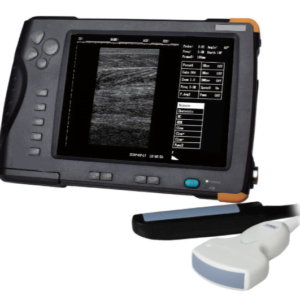Veterinary ultrasonography is used in the diagnosis of potential diseases in animals, and it has become a very common practice, nowadays. It is a trending topic in the field of veterinary medicine and there are significant advantages to using it.
In fact, ultrasound technology has improved the ability of sonographic examinations to detect diseases previously not well diagnosed, such as:
- Point-of-Care Ultrasound
- Abdominal Ultrasound Scanning
- Thorax
- Echocardiography
- Pancreas
- Liver
- Gastrointestinal Tract
Vets have been using ultrasonography in diagnosing problems with animals since the 1960s. Back then, vets used a technique called a “passive” scan, meaning they couldn’t really get any more information out of it than what they could see. However, starting from the 1990s, ultrasound machines became much more advanced and vets are now able to do precise measurements and detect complicated abnormalities and even cancerous tumors.
So, what is it?
Ultrasonography is an ultrasound procedure that uses sound technology designed for medical purposes to diagnose animal diseases. This procedure can be used on any type of disease, but veterinarians mainly check pregnant animals to make sure their fetuses are healthy. They also examine animals who have been in traffic accidents and those with neurological problems. It’s also common to use this technique as a research tool for studies about animals’ anatomy or physiology.
What type of ultrasound scanner used in veterinary medecine?
The Portable Veterinary Ultrasound: Vsono-VET uses ultrasonic sound waves in the frequency range of 2–10 MHz to create images of body structures based on the pattern of echoes reflected from the tissues and organs being imaged.
The ultrasound scanner, thanks to its convex or rectal/linear heads, can help the vet by providing pictures that show how well blood is flowing through the arteries or whether soft tissue damage has occurred in joints, for instance.
References:
Small Animal Diagnostic Ultrasound


